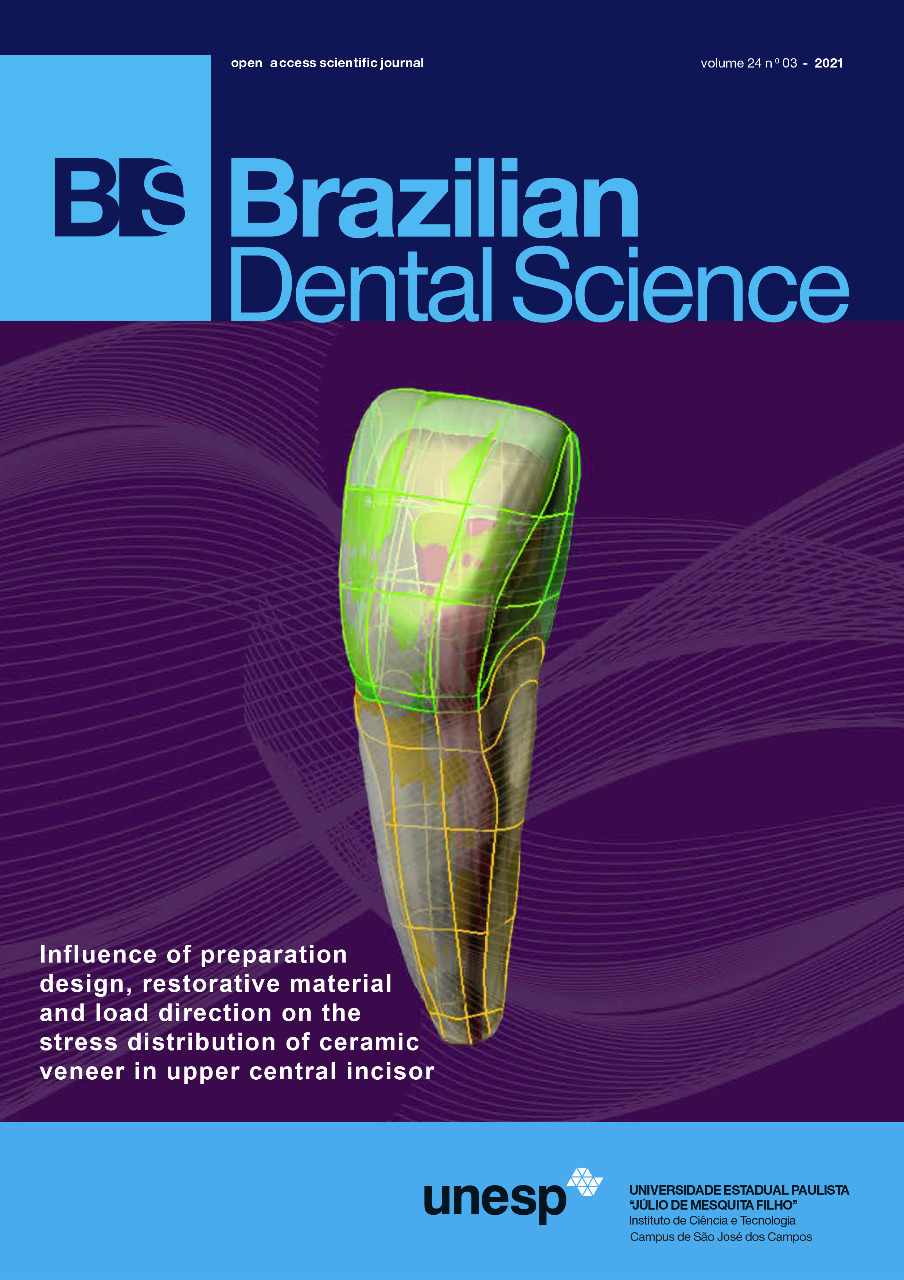Current perspectives of 3d printing in dental applications
DOI:
https://doi.org/10.14295/bds.2021.v24i3.2481Resumo
Objective: To evaluate the applications of 3d printing /additive manufacturing (AM) in dental education & clinical dentistry and elaborate various 3d printing technologies, its benefits, limitations and future scope. Methods: Research papers on the application of 3d printing in dentistry were searched in Scopus and Pubmed and studied using bibliometric analysis. This review briefly describes various types of 3d printing technologies with their accuracy, use of different materials for 3d printing and their respective dental applications. It also discusses various steps used to create 3D printed dental model using this technology. Furthermore, the application of this technology in dental education and various clinical procedures are discussed. Results: 3d printing is an innovative technology making a paradigm shift towards treatment customization. It helps in customized production of dental implants, surgical guides, anatomic models etc. using computer-aided design (CAD) data. This technology coupled with state-of-the-art imaging techniques and CAD software has enabled, especially oral surgeons to precisely plan and execute complex surgeries with relative ease, high accuracy and lesser time. 3d printing is also being utilized in other disciplines of dentistry to prepare aligners, crown and bridge, endodontic guides, periodontal surgery guides, surgical models for treatment planning and patient education. Alongside its possibilities have also been explored in preclinical skills in operative, endodontics etc.
KEYWORDS
3D printing; Additive manufacturing; Dental applications of 3d printing.
Downloads
Downloads
Publicado
Como Citar
Edição
Seção
Licença
TRANSFERÊNCIA DE DIREITOS AUTORAIS E DECLARAÇÃO DE RESPONSABILIDADE
Toda a propriedade de direitos autorais do artigo "____________________________________________________________________" é transferido do autor(es) para a CIÊNCIA ODONTOLÓGICA BRASILEIRA, no caso do trabalho ser publicado. O artigo não foi publicado em outro lugar e não foi submetido simultaneamente para publicação em outra revista.
Vimos por meio deste, atestar que trabalho é original e não apresenta dados manipulados, fraude ou plágio. Fizemos contribuição científica significativa para o estudo e estamos cientes dos dados apresentados e de acordo com a versão final do artigo. Assumimos total responsabilidade pelos aspectos éticos do estudo.
Este texto deve ser impresso e assinado por todos os autores. A versão digitalizada deverá ser apresentada como arquivo suplementar durante o processo de submissão.




























